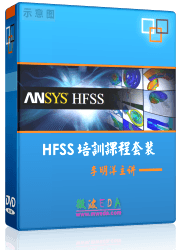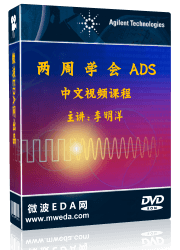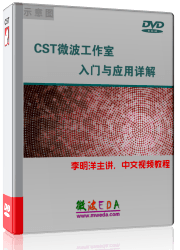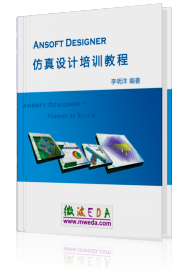AR-Filter Results
 Signal Post Processing
Signal Post Processing  Time Signals Time Signals  AR Filter for Port Signals... [Start] AR Filter for Port Signals... [Start]
 Signal Post Processing
Signal Post Processing  Time Signals Time Signals  AR Filter for Probe Signals... [Start] AR Filter for Probe Signals... [Start]
 Signal Post Processing
Signal Post Processing  Time Signals Time Signals  AR Filter for Monitors... [Start] AR Filter for Monitors... [Start]
This dialog box prints out a summary of all calculated
AR-filters. It appears after
an AR-filter calculation has been completed and can be closed by pressing
the OK button.
Each calculation consists of a header containing basic
information about the calculation and a list of successfully calculated
AR-filters, including important information for each filter.
Settings of the AR-filter
dialog box
First
time step: The first time step from which
the filter determination starts.
Skip
time steps: The number of time steps skipped after a filter has been
found and before the next filter will be determined.
Max.
frequency: Maximum frequency of the low pass
filter
Max.
order of filter: The number of recursive filter
elements
Relative
window length: Length of the analyzed time
interval relative to the maximum number of elements.
Input signal samples
The number of significant time
signal samples is listed here.
Input signal length
The length of the time signal
used while the filter is determined is displayed here.
Filter determination table
Step: The number of the filter for a certain window range.
Window
range: Range of the time signal used for the
filter determination.
Rel.
wnd. length: Length of the analyzed time interval relative to the
maximum number of elements.
Filter
order: Order of AR-filter.
Energy
error: Energy error of the determined AR-filter
signal, calculated as follows:

where:
cerr = energy error
N = number
of time samples
nfirst =
index of first time step
nlast =
index of last time step
sAR
= AR-filter signal
s = time
signal
Pulses
to calculate: The part of the input signal relative to the input signal
length that must be calculated without using the AR-filter as break-off
criterion. Please note that if running the AR-filter analysis for port
signals online, i.e., while the transient solver is running, the number
of pulses to calculate may be significantly lower than the actual number
of pulses needed to break off the solver run. The reason, therefore, is
the frequency of the online AR-filter analysis runs. This frequency may
be varied by changing the "Pulse widths between checks" setting
in the Special
Solver Parameters - AR-Filter dialog box.
At the end of the table, it
is listed which filter is used for the calculation of the S-parameters,
probe or monitor spectra respectively.
Average deviation in s-parameter
energy balance / probe spectra / monitor spectra
The deviation of the S-parameter
energy balance, the probe spectra or the monitor spectra for the current
stimulation port is listed here respectively.
OK
Closes the AR-filter results
dialog box.
Help
Shows this help text.
See also
AR-Filter,
Signals
in Time Domain Simulations Overview




HFSS视频教程
ADS视频教程
CST视频教程
Ansoft Designer 中文教程
|